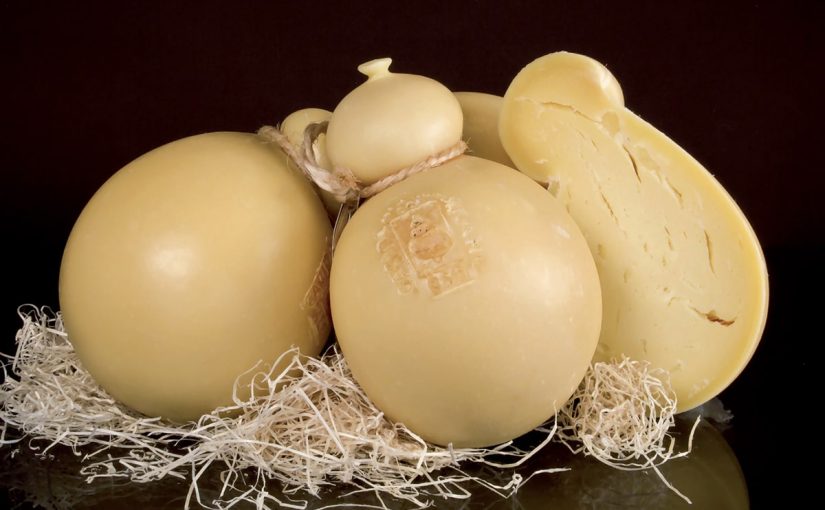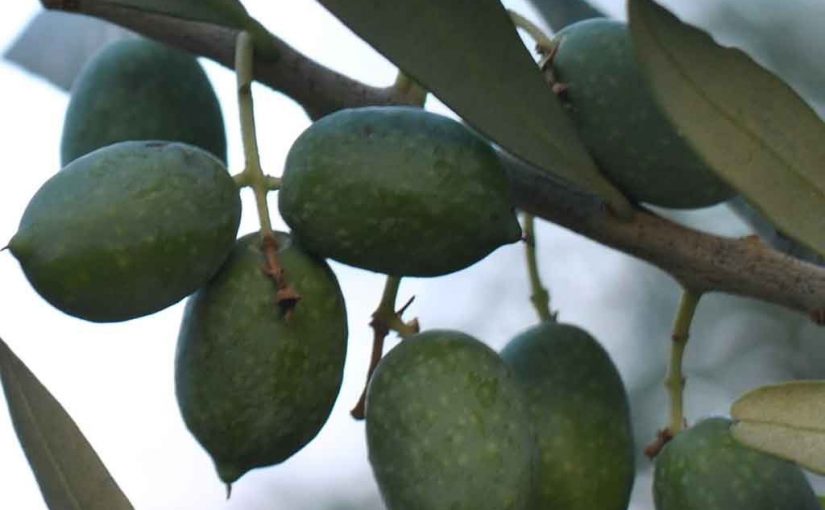30.5.2018
AN ANCIENTE PAST
Calabria has a long history with regard to its gastronomy and cuisine culture. Something that dates back to the most ancient Mediterranean origins of populations, living in the territory and producing food for daily life (dairy, oil, wheat, wine).
Calabria, nowadays mainly renowned for its Mediterranean climate, got civilization historical roots dating back to antiquity.
Due to this antiquity, it is wonderful how this narrow strip of land in Southern Italy, 250 kilometers long, with no point in the area more than 40 kilometers from the coast, created so much variety of food, cuisine and gastronomic culture.
The region is located between the Tyrrhenian and Ionian Seas, is the “toe” of Italy’s “boot.”
Here, the presence of humans dates back to the Paleolithic Age (as determined by the Romito graffito in the area of Pollino national park), and maybe about 700,000 years B.C.E. due to many other archeological relics.
The evolutionary history of this place testifies that Homo erectus left artifacts along the coastal areas, that there are artifacts from the Copper Age and the Bronze Age, as well as from the Iron Age (e.g., tombs in Cassano Ionio).
DAIRY PRODUCTS AND WINE
For example, Calabrian history of food is well represented by Cultural Roots of Calabrian Dairy.
All starts in the Neolithic, when it replaced the Paleolithic and hunters changed to farmers, founding the first villages about 3500 B.C. Calabria prehistory ended with colonization about 2000 B.C.
The wine also well represents this boundary between pre-history and history, given that the term “Italy” derived from King Italo of the Enotrians or Arcadians, the first colonizers, and the name eventually was spreading to the entire peninsula. Nevertheless, the term “Enotrians” embodies the idea of the land of wine and lasts since the beginning of 720 B.C.E., when various city-states from another peninsular, that of Greece, founded rich colonies, meriting the name “Magna Graecia”.

Inside Magna Graecia, Calabria was renowned for its fertile farmlands, as well as for precious minerals and silks.
ROMAN GASTRONOMY
Dairy products were Calabria richness, until the time Italy became the center of the Roman Empire, which began its conquest of Calabria in about 275 B.C., defeating most of the Calabrian tribes within a few years. Then, when the threat of Hannibal and Carthage ended, the Roman conquest of Calabria was completed in 211 B.C., but Romans made a mass deforestation, which initiated by the Romans, marking the first serious environmental challenge to the area. The land was devoted to a more massive milk production and this event is embodied in the development of a dairy tradition.
In the next centuries, Goths and Visigoths invaded the area, and dairy production was altered. Towns were sacked; much of Calabria’s Greek and Roman legacy inside the culture of food went lost.
TRADITION COMES BACK
After the fall of Rome in the 4th century C.E., Byzantines dominated the area and named it “Calabria” in the 7th century C.E. Eastern Orthodox monks recovered the lost tradition of gastronomy and a sort of “renaissance” happened with the Byzantine rulers, who established monasteries and building shrines in the secluded mountains.
Byzantine rule recovered a large part of Greek tradition of dairy and lasted until the 11th century A.C.., then followed by that of the Normans, who arrived about 1050 A.C., creating the Kingdom of the South. But the Swabians conquered the Normans in 1194 and produced another kingdom, the so-called “Kingdom of the Sun”, then followed by others, specifically Anjou in 1266 and Aragon in 1435.
The intensive cultivation of land was abandoned and Aragon left a feudal system as their legacy to Spain, which conquered the area in 1503, then substituted by Austrian domination 1707, followed by Bourbon rule in 1734. The latter “Kingdom of the Two Sicilies” of the Bourbons exploited the local natural resources, especially the forests. However, a major earthquake destroyed many buildings and other cultural artifacts in 1783. Afterwards, when Garibaldi unified Italy, the local gastronomy was well preserved.

Conclusively, the ancient roots of Mediterranean culture of food were not completely lost in Calabria. This explains why Keates (2001) has called Calabria a “savage Europe”, a place where the Renaissance and the Enlightenment were largely unknown, a place resistant to the Europeanizing process and, later, to industrialization, and why the Calabrian artisan of dairy and the related culture was preserved.
Effectively, these notes of Keates are not completely generous and right, but it reflects as artisan productions remained untouched by the production base provided by industrialization. Many of the local agrarian based customs, including folk health practices, remained. Maybe remoteness of Calabria was responsible for neglect by the forces of modernization. However, Calabrian institutions and culture have been deeply influenced by Roman Catholic traditions and this was really preserved into actual production of Calabrian Dairy.
NOWADAYS-DAIRY PRODUCTION IN SIBARI
The notes of Keats are not right because, since about half a century, the Sibari plain hosts the densest agglomeration of modern capitalist enterprises in Calabria, centered on small number of leading agricultural and agrifood firms, which organized broader cooperative structures.
Those firms operate in the field of collection, transformation and commercialization of agricultural products – to which hundreds of smaller firms associated themselves.
The cooperatives provide agronomic assistance to their members, to standardize their production and its quality.
Thus, dairy and the agrifood Sector, employing thousands of workers from the plain and the villages at the foothills of the Pollino, enhances milk production.
In the past twenty years the leading firms have diversified – often with success – into the production of milk and dairy products, wine, energy, and, more recently, distribution, direct sale and gastronomy.
At the same time, these firms innovated their production processes and internal organization through partnerships with local and national firms. The production of this cluster of businesses covers also peaches, oranges, tangerines, vegetables, grapes, and represents a wide share of Calabria’s exportations.
In the Sibari plain such assets and resources are maybe not completely employed, but there are margins for improvement, in the quality of its production, in the whole value chain, production and commercialization of dairy.
NOWADAYS-DAIRY PRODUCTION IN THE AREA OF POLLINO
Another land of milk production and dairy is that of the medieval settlements at the foothills of the Pollino. Here traditional cultural values and civic norms persist in these villages, favoring social cohesion, and most of them rely on small, largely self-contained economies based on traditional products and informal codes of expertise.
Traditional foods and artisanal productions are the basis of local agrifood sector, where is crucial the production of the most important cheese of the area: Caciocavallo Silano, a semi-hard cheese, made with vaccine milk, seasoned 15 days minimum.
This cheese is characteristic of the upland of Sila (in the Calabria region), but it can be bought in good “salumerie” (shops that sell cheese and cold cuts) all over Italy.
It has an oval or log-conical shape, with or without “head” (according to the local traditions), with inlets located nearby the strings, its weight varies from 1 to 2.5 Kg. The caciocavallo has a typical thin and smooth rind, straw-colored, homogeneous and compact paste; with very light white eyes rather than straw colored ones towards the outer side and less deeply colored inside.
This product is aromatic, pleasant and has a delicately sweet taste, becoming gradually stronger as long as it is seasoned.


